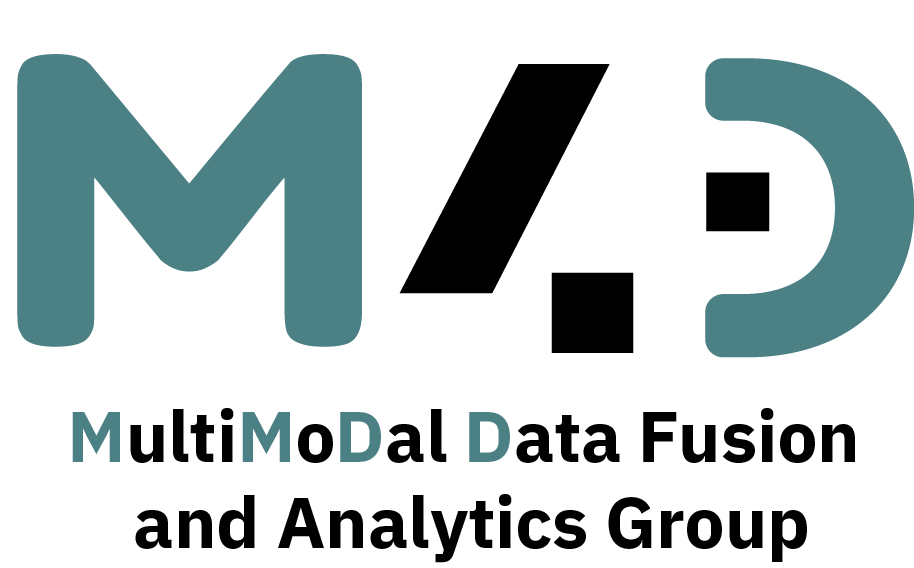
TeChBioT
Surveillance and Reconnaissance Techniques for Chemical & Biological Threats
Threats associated with chemical, biological, radiological and nuclear (CBRN) hazards include natural disasters, accidental incidents during the installation or transportation of hazardous materials, as well as intentional incidents, such as terrorist attacks or state-sponsored events. Over the past decade, CBRN threats that originate deliberately have persisted or even increased. However, the COVID-19 pandemic is the event that has generated the most attention regarding the social, political, and economic consequences of CBRN crises in general, as well as biological/ health emergencies and civil protection mechanisms. Important gaps and weaknesses remain in rapid detection, identification, and monitoring of low-volatile chemical warfare agents (CWAs) and non-volatile biological warfare agents (BWAs), mainly in complex natural environments.
Gas chromatography combined with mass spectrometry (GC-MS) or ion mobility spectrometry (IMS), are well-established analytical technologies in the arms forces for detection and identification of volatile organic compounds and microbial biomarkers, both in laboratories and in the field. It has also been demonstrated that GC-IMS paired with pyrolyzer can be used to fragment biological agents into constituents that are compatible with the applied technology and identify their unique chemical pattern within minutes.
TeChBioT aims for the development of a universal detection technology based on high-temperature (HT) IMS with optional GC pre-separation and pyrolysis (Py) for enabling fast detection and identification of non-volatile BWAs and low-volatile CWAs. The innovative technology is combined with Artificial Intelligence (AI) and Deep Learning (DL) models to reduce the dimensionality of the 2D spectral data and enable distinguishing of bacteria, fungi, viruses, low volatile CWAs, and toxic industrial compounds at pptV concentration levels based on their unique fingerprint within a complex environment.
Input from experts and domain knowledge will be collected to develop key detection indicators of accurate and efficient classifiers that are able to output meaningful results. Large set of chemicals and biological samples, as well as relevant simulants and background natural materials, will be collected to advance the development of the methodological tools. Benchmarking tests will take place in operational military laboratories and demonstration of monitoring large geographical areas will be performed using UAV and manned vehicle outdoors, in complex background scenarios.
M4D is responsible for the design and implementation of advanced machine and deep learning (ML and DL) methods for the detection of CWAs and BWAs and will contribute in the development of an ML workflow (data pre-processing, feature selection, training, evaluation, and deployment). The developed ML and DL models will be compared and contrasted on accuracy, adaptability, scalability and interpretability. In addition, visual analytics dashboards will be developed which target to enhance the assessment of the detected threats and their severity levels of the detected biological/chemical compounds.

